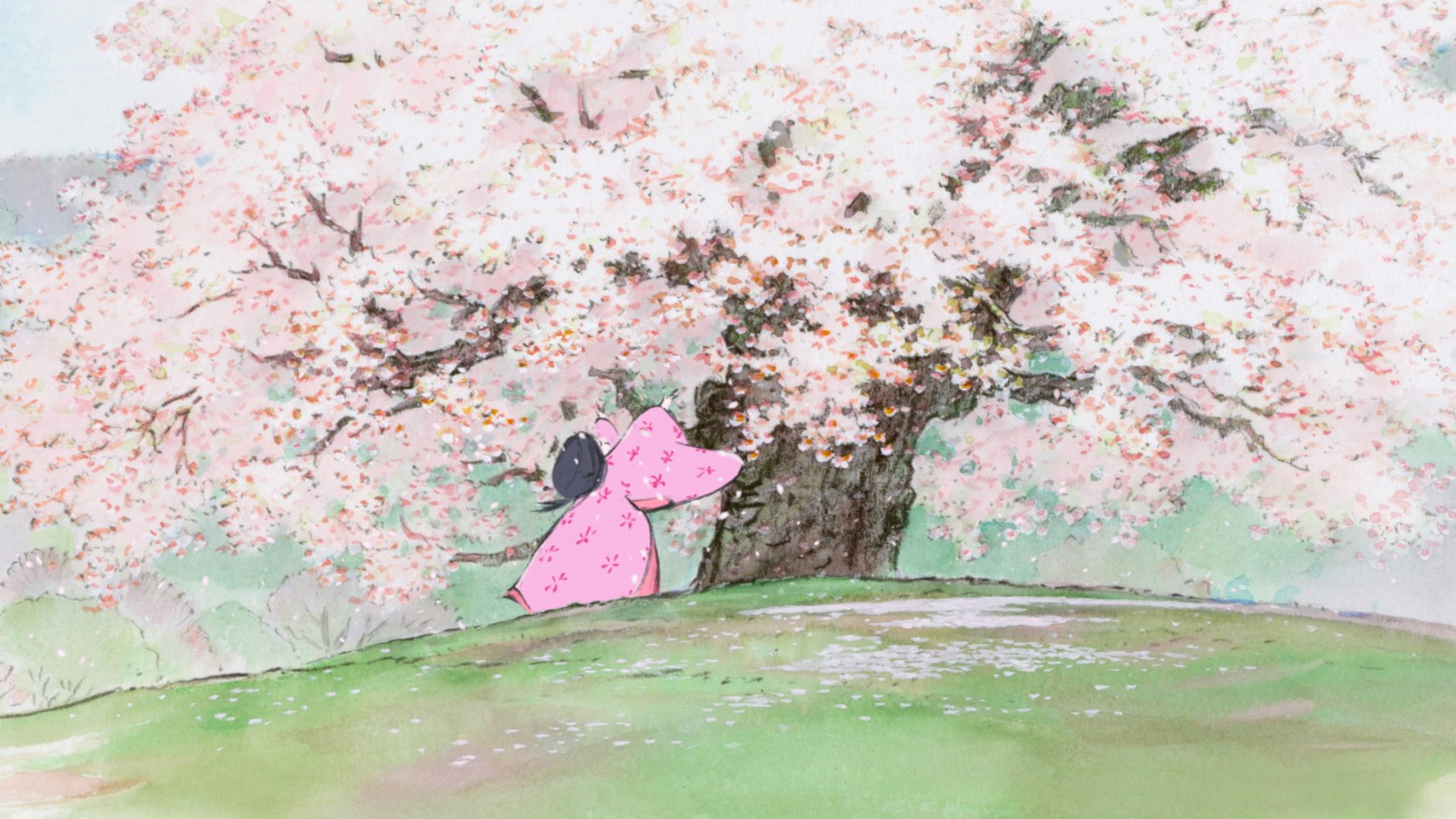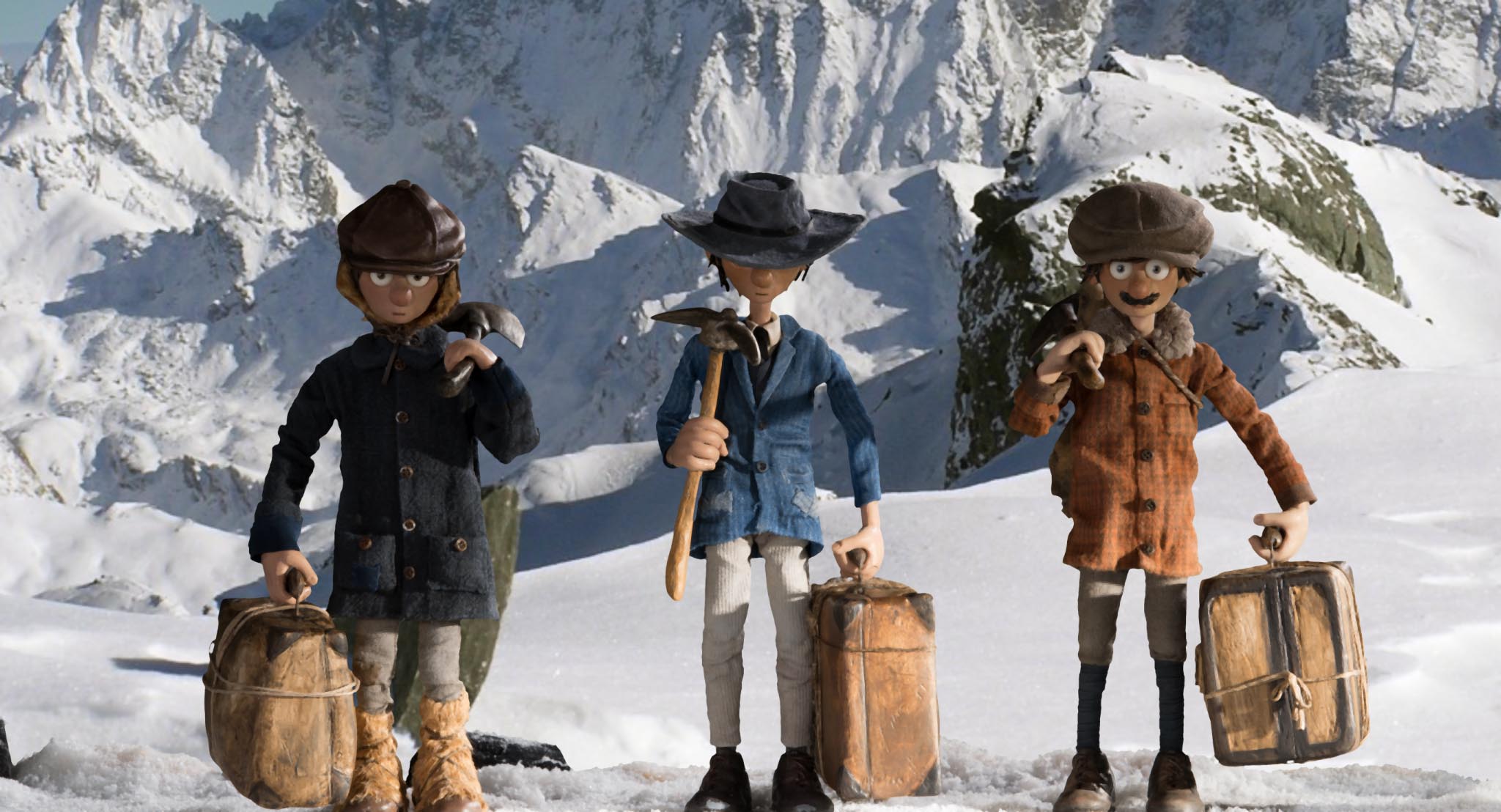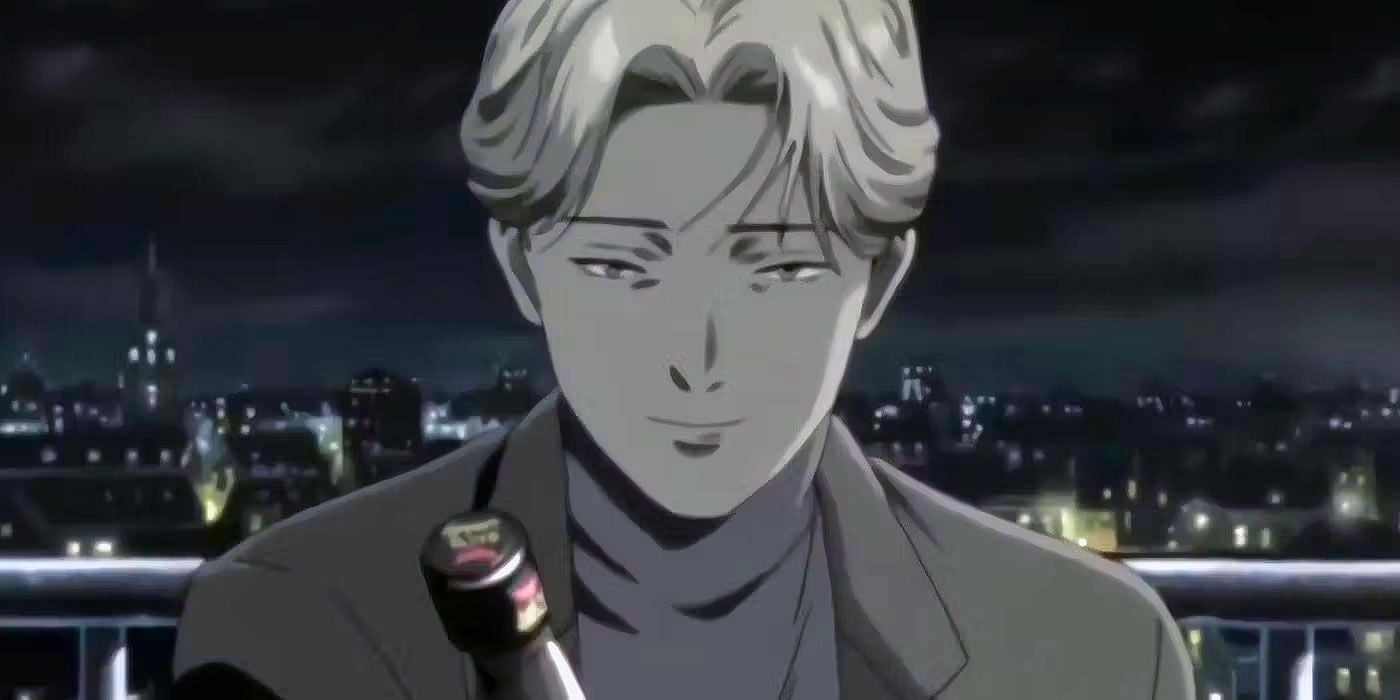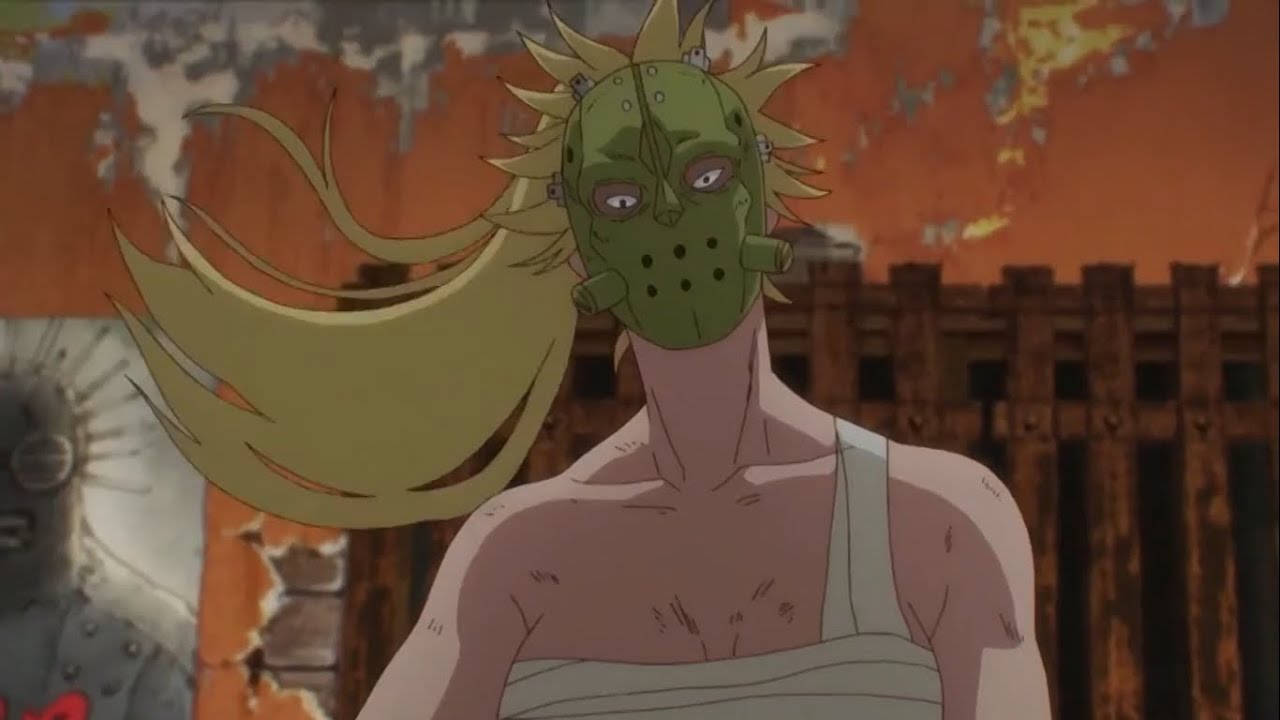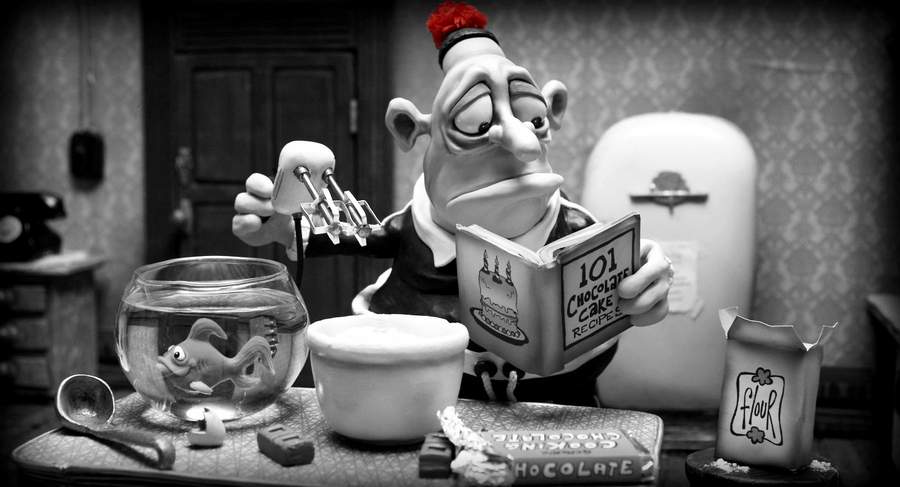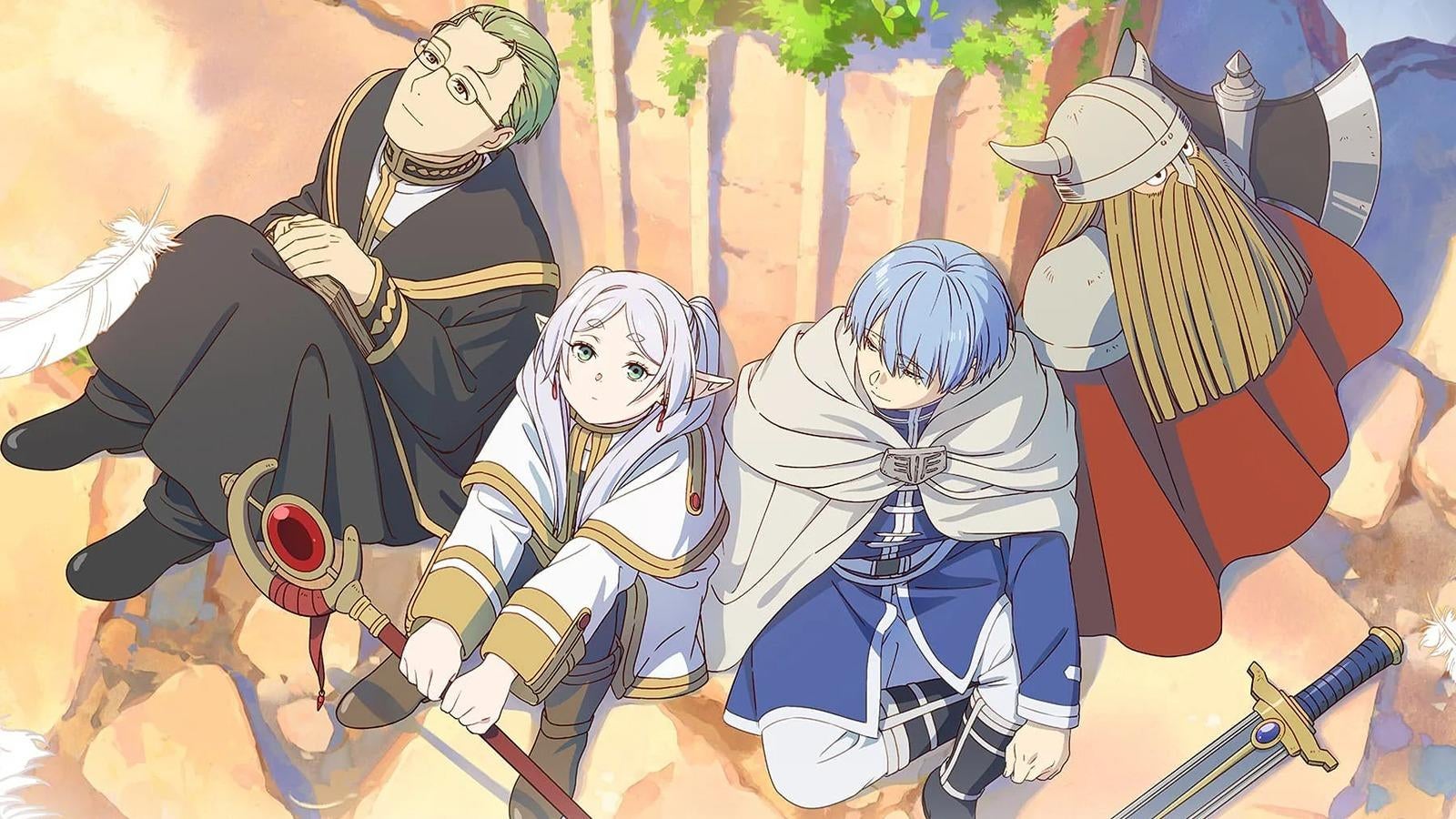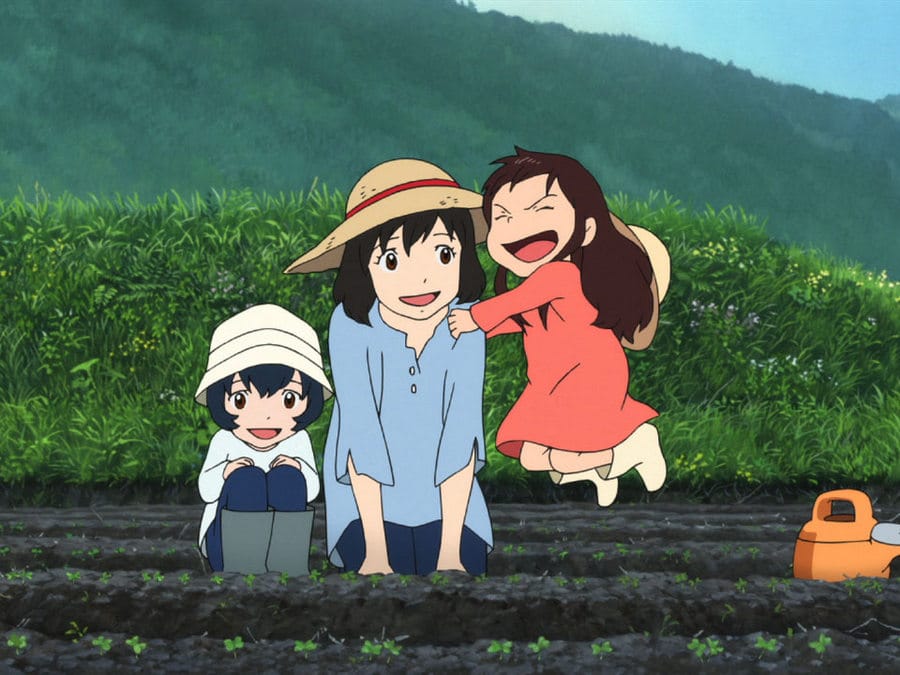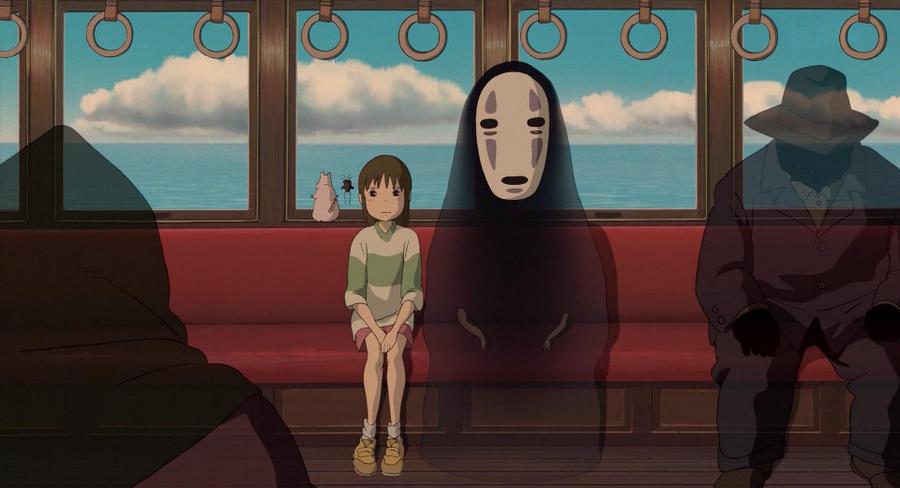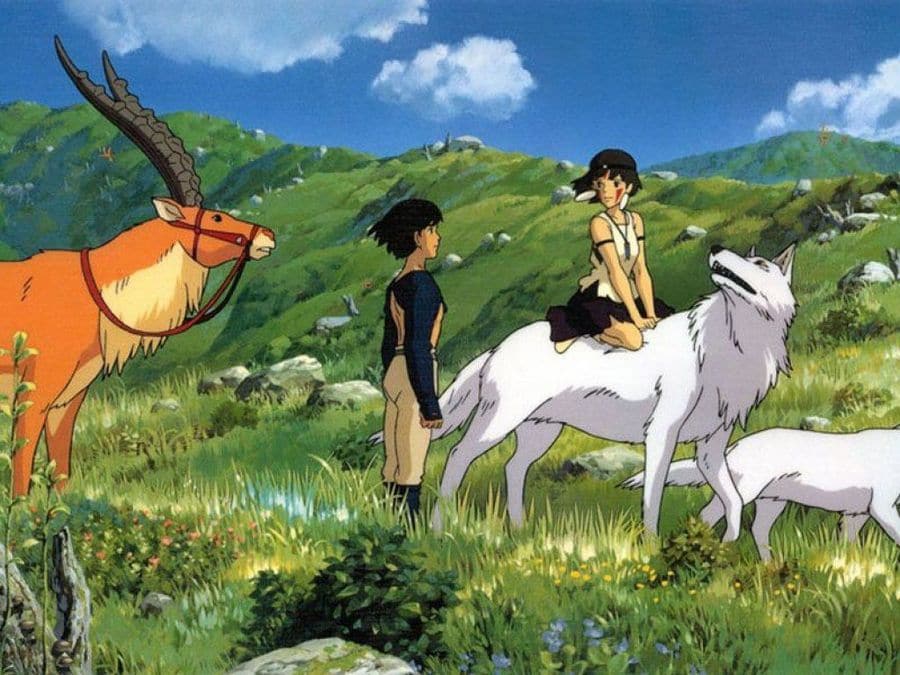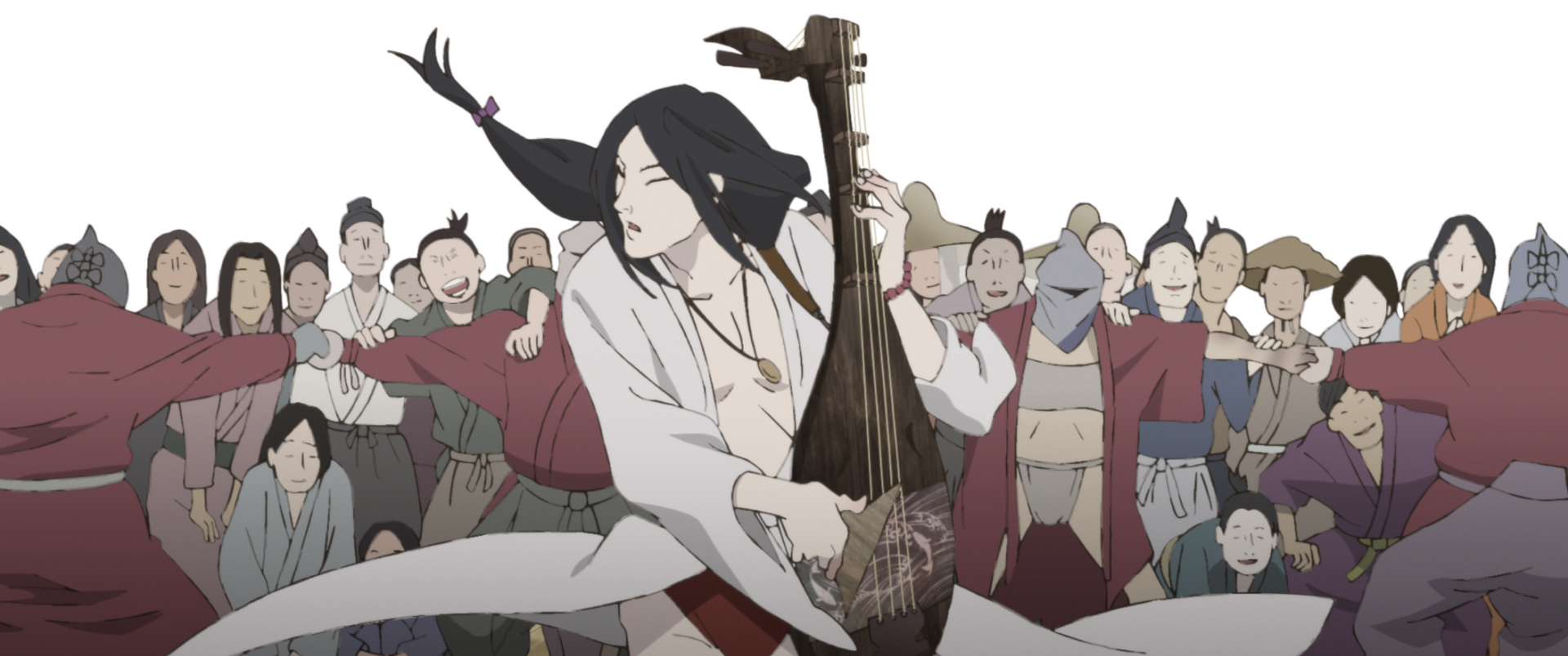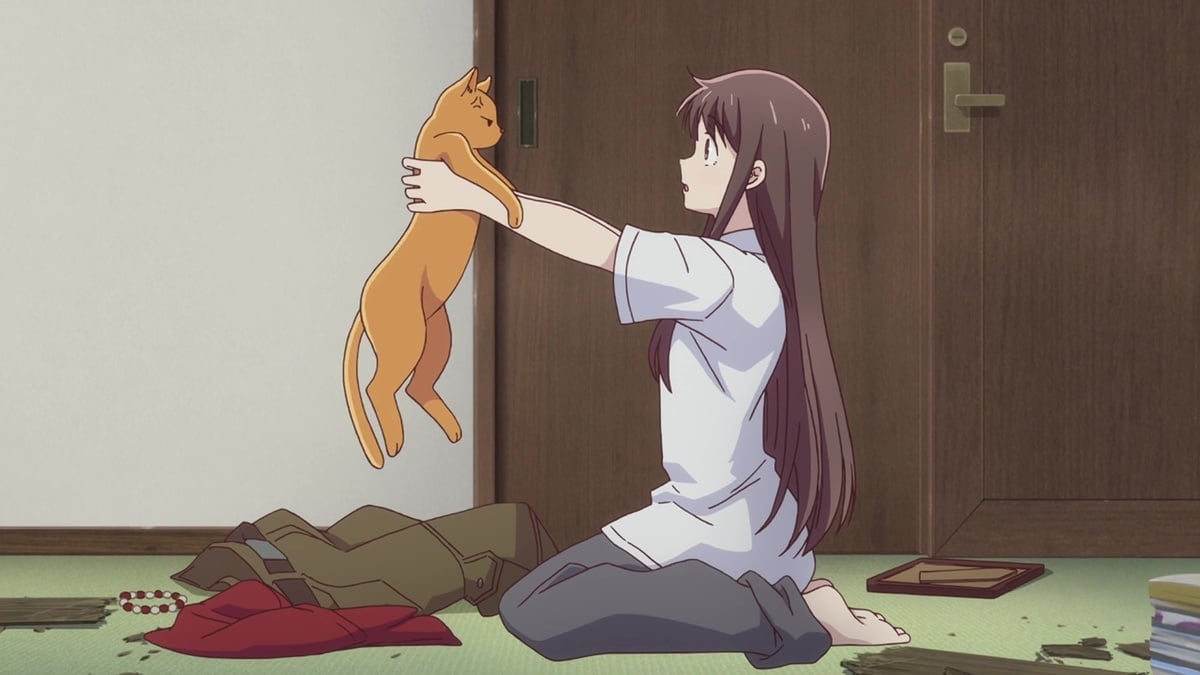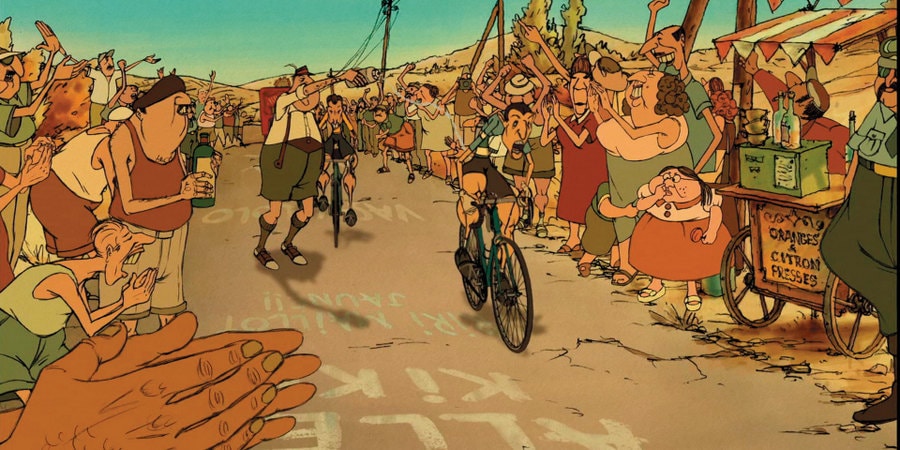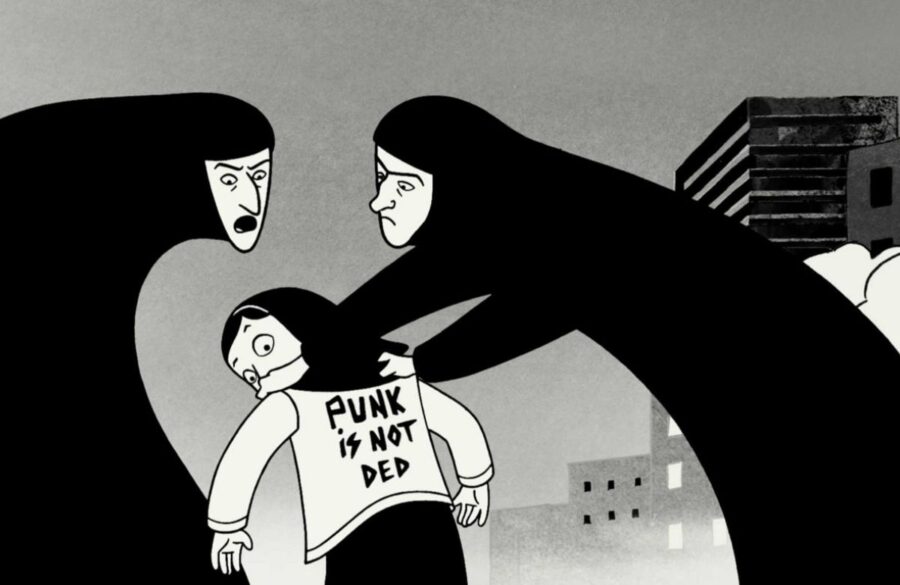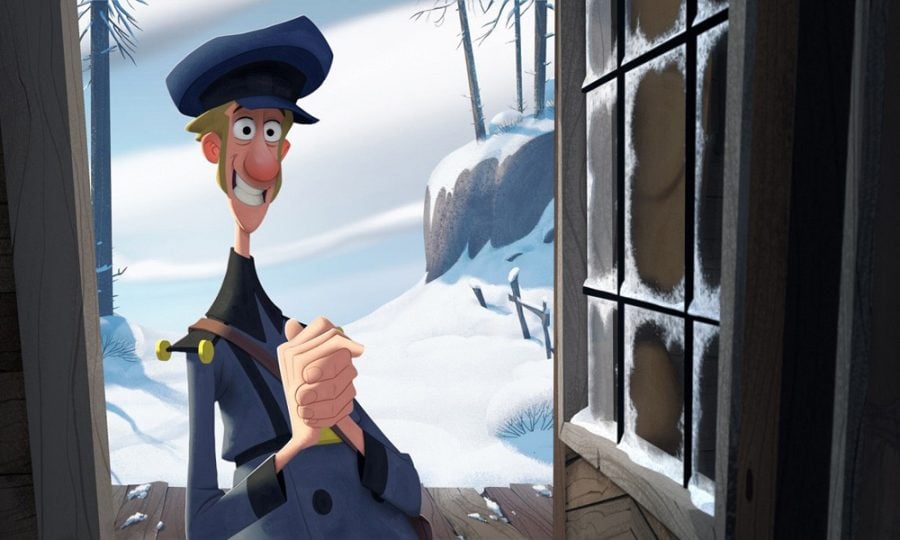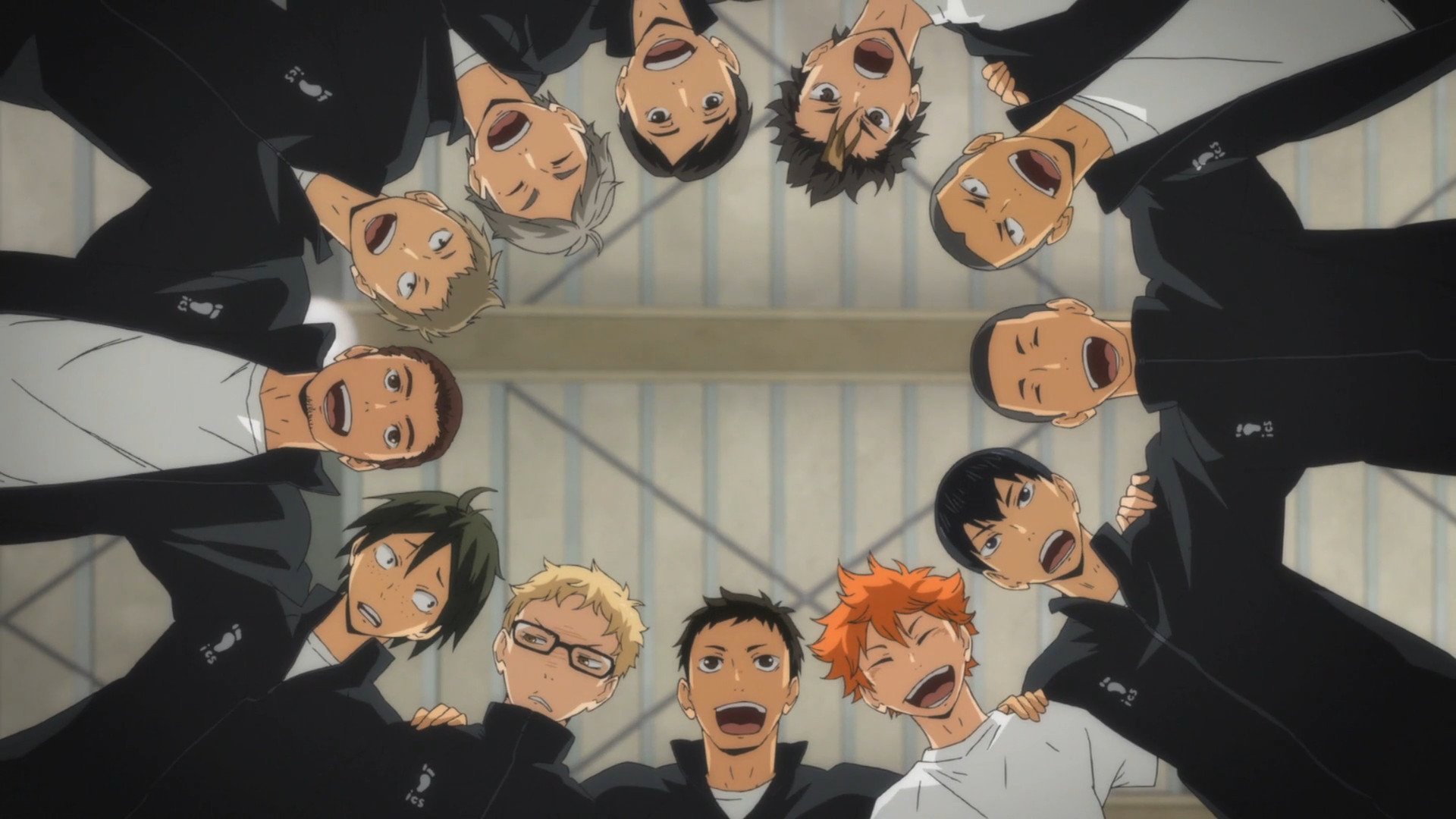Based on a classic Japanese folktale, Isao Takahata’s last film will break your heart. This adaptation, of course, follows Princess Kaguya from her being discovered in a glowing bamboo stalk to her departure to the moon. However, while faithful to the original tale, Takahata’s direction turns this historical fantasy into a heart-wrenching coming-of-age film as ethereal as the titular character. The film doesn’t focus on the crazy pursuit of her suitors; instead, we’re drawn to the simple experiences Kaguya herself is drawn to and wants more of, as she tries to balance her life with the societal expectations places on women. All of which is rendered through the film's lush watercolored scenes of the blowing wind or the opening of plum blossoms.
Genre: Animation, Drama, Fantasy
Actor: Aki Asakura, Atsuko Takahata, Hikaru Ijūin, Hiroyuki Yamamoto, Isao Hashizume, Kengo Kora, Mirai Uchida, Nobuko Miyamoto, Ryudo Uzaki, Shichinosuke Nakamura, Shinosuke Tatekawa, Takaya Kamikawa, Takeo Chii, Tatsuya Nakadai, Tomoko Tabata, Yuji Miyake, Yukiji Asaoka
Director: Isao Takahata

